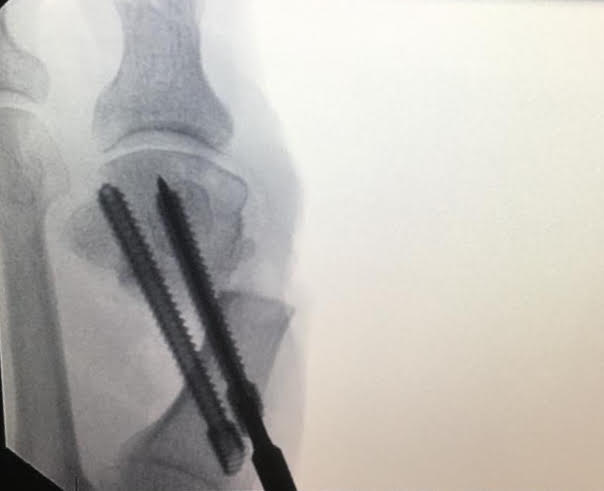MINIMALLY INVASIVE SURGERY
How did Minimally Invasive foot surgery start?
Minimally invasive or percutaneous foot surgery was first described by Dr Polokoff in 1945. In the 1960′s and 1970′s, this technique began to be taught at University levels in the United States. In the 1980′s, an American surgeon, D. Isham, was the first to develop surgical techniques for the treatment of bunions and deformities of the lesser toes among other conditions. In the late 1990’s, the procedure became very popular in Europe thanks to Dr de Prado. In 2002, the MIFAS (Mini Invasive Foot and Ankle Society) was founded by a group of European surgeons with Dr Isham and Dr de Prado. Currently, it is an international society which is dedicated to teach and develop new techniques across the world.
What is Minimally Invasive Surgery?
Typically, open surgical techniques require large incisions and more aggressive techniques to effectively resolve the different foot deformities. This leaves a greater section of tissue to heal and thus, larger scars.

